The phoenix from the ashes: the Fuji T-1A, Japan's first post-war jet
About the Fuji T-1A
The Fuji T-1 is one of those aircraft designs that arouse the curiosity of aviation enthusiasts more through its attractive appearance than through its technical data. In fact, there is something most remarkable behind the creation and history of this aircraft!
It starts with the name: Fuji Heavy Industries Ltd. was founded in 1953 as a result of the reunification of the Nakajima Group, which was broken up into several parts after the end of the war. FHI was soon to begin its steep ascent - initially under American control - to become Japan's leading manufacturer of means of transport. The well-known car manufacturer Subaru, for example, is part of the group, but Fuji also established itself in other sectors as an important manufacturer of locomotives, tractors, motor scooters -and even aircraft.
In the same year, Fuji began work on a modern two-seater turbine aircraft, Japan's first military aircraft project after 1945. The aim was to supply the newly founded Japan Self-Defence Forces with a jet trainer of its own production.
Japan's positioning in the Cold War, which at the same time culminated in the first real war in neighbouring Korea, was reflected in the layout of this design. The T-1 borrows heavily from the F-86 Sabre; a fact that a look at the exterior as well as the "inner values" confirms. US know-how was thus used to integrate and upgrade Japan into the Western bloc.
The first flight of the new trainer took place in 1958, and after rapid testing, development was completed with entry into service in 1960. Japan's new Fuji T-1 jet trainer was to have a remarkably long career in the ranks of the JSDF: only after 46 years of service as an advanced trainer would the last T-1Bs be taken out of active service.
The Fuji T-1 was delivered in two versions. The older T-1A variant was powered by a Bristol-Siddeley /Rolls-Royce Orpheus turbojet 805 turbine, while the standard T-1B featured the use of a more powerful indigenous Ishikawajima Harima J3-7B engine. The characteristics are quite acceptable for a trainer of those days: Top speed 926 Km/h (at a cruising speed of 625 Km/h), climb rate: 33m/s and a quite respectable range of 1300 kilometres made this trainer quite a "hot potato".
The introduction of the F-104 "Starfighter" was to intervene in the fate of the T-1: the T-33 was now seen as a suitable machine for pilot training, so that the originally planned production of 200 Fuji T-1s was cut to a total of 66.
With the beginning of the new millennium, the era of this trainer, on which a whole generation of Japanese military pilots had learned their profession, also came to an end in Japan: in 2000, the introduction of the Kawasaki T-4 at the training units was completed, and in 2006, the last Fuji T-1B was taken out of service.
The paintwork of JSDF training aircraft is traditionally as much worth seeing as it is tasteful, and in any case spectacular: my model shows a Fuji T-1A of the 13th FTW from the 1990s, i.e. already towards the end of the long service life of this type.
About the kit
The markings are from the Platz kit, printed by Cartograph in Italy. The plastic parts are - and I say this deliberately in simple words - the best I have ever had the pleasure of assembling. The cleanliness of the casting, the accuracy of fit and the logic of the parts' construction are simply wonderful. Details are given in high quality where they need to be and make sense. The assembly is so easy and goes quickly by hand. The adventure, however, only begins afterwards!
The actually spectacular moment of this project is quickly identified after a look at the assembly instructions: Basically, only the white has to be applied as paint, all the rest of the colouring follows in the form of wet decals. A lot of wet decals, to be precise! I found it extremely exciting to test whether all this can really be done with the two-dimensional medium of decals.
To make a long story short: it succeeds! The only prerequisite is a planned approach and a little patience, but step by step a model is created that blossoms with more and more colour contrasts and, once completed, resembles a small, precisely cut gemstone.
The already well detailed cockpit was enhanced with a few scratched parts and decals from the spare parts box. It was especially important to me to have a coherent representation of the locking mechanism of the one-piece canopy. Furthermore I exchanged the Pitot tube, which was originally cast on the part, for a self-made spare part made of two syringe needles pushed into each other.
I bought the kit on a whim and quite quickly. Within a short time, this chance acquaintance has not only resulted in a rather informative examination of a model that I had hitherto known little about, but also in one of the most colourful and attractive models in my showcases. The conclusion is not surprising: I can only warmly recommend this modelling pleasure to anyone interested!
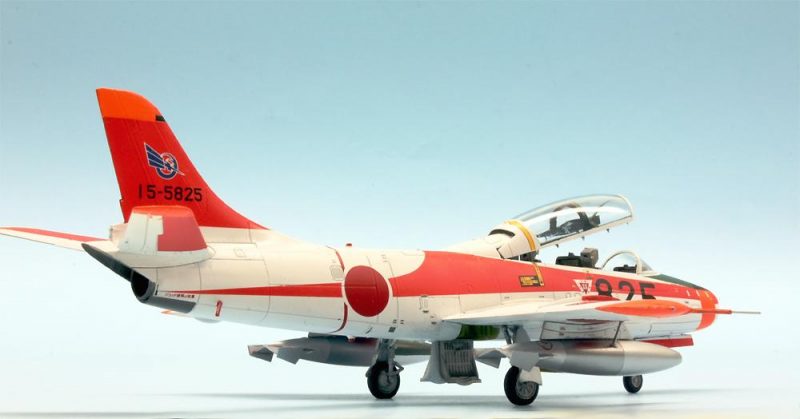
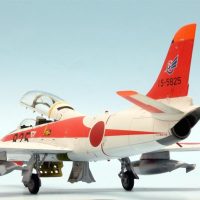

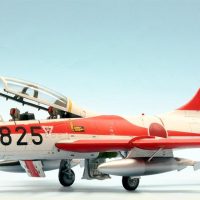
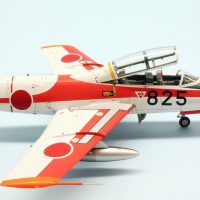
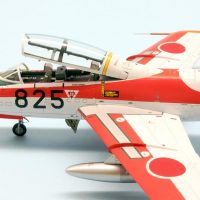
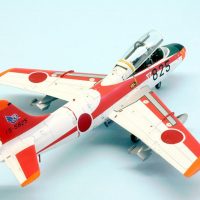
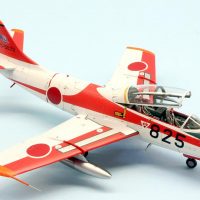
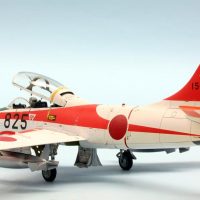
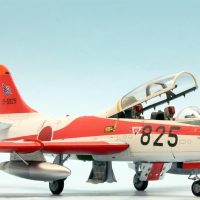
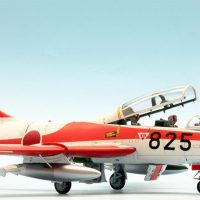
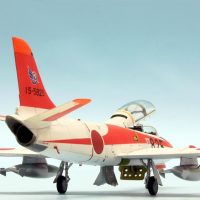
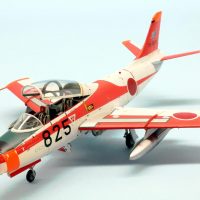

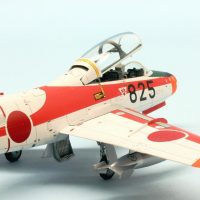

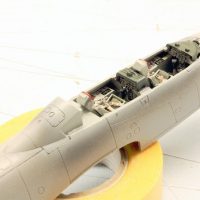
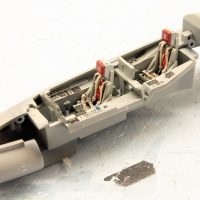
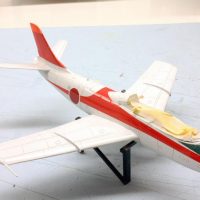

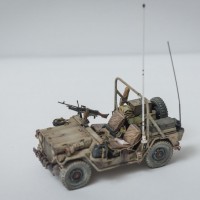
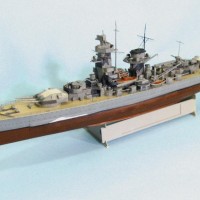
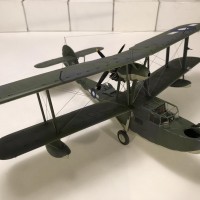

What an eye catcher! The borrowed lines want your mouth to say " I know that" while your brain says "No, you don´t". Great looking aircraft and great looking model.
That´s it! 🙂
Platz should be very happy this model was built by you, @rosachsenhofer. It's a great advert for the kit. Your usual standard of excellence is maintained.
"Liked"
Gorgeous words, which make me very happy - thank you for that, Tom!
This is truely a gem, Roland.
Fantastic build and dito details, especially the interior.
Thank you very much, John!
Jet trainers are often very attractive aircraft, and this one is no exception, a gem indeed, definitely liked.
Thank you -also for "liking"!
Another amazing build, Roland!
Spectacular decal job.
Congratulations!
My friend, thank you for these motivating words!
My oh my that is one colorful looking trainer. Nicely done Roland
Thank you Tom!
That's a beauty! I have the Hasegawa kit in that scale - not sure I can execute it to this standard!
Bold, beautiful and brilliant work!
Greg and Simon- thank you very much for your comments!